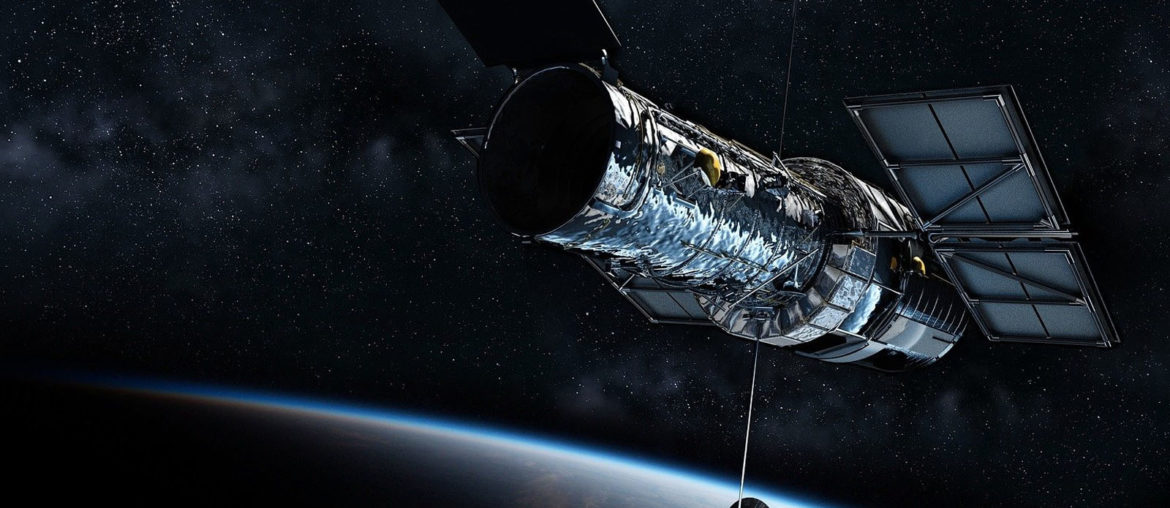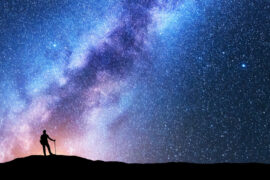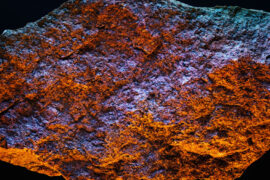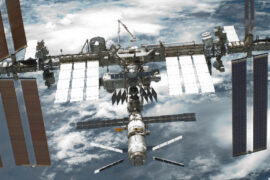On March 2021 the James Webb Telescope will be put in orbit to become the successor of the Hubble Space Telescope which has been operating in low orbit since 1990. The JWT has been in development for more than 20 years and will allow us to better understand the origins of the universe, the formation of stars and galaxies, and hopefully, even get direct images of exoplanets. But why do astronomers put telescopes in space when the ones on the ground seem to be working well enough?
There are five main reasons why putting a telescope in space has an advantage over one in the ground.
- No light pollution
- No night-time only limit
- Better resolution
- Greater wavelength spectrum
- No bad weather
Let’s take a look at each of them individually.
Advantages of Space Telescopes
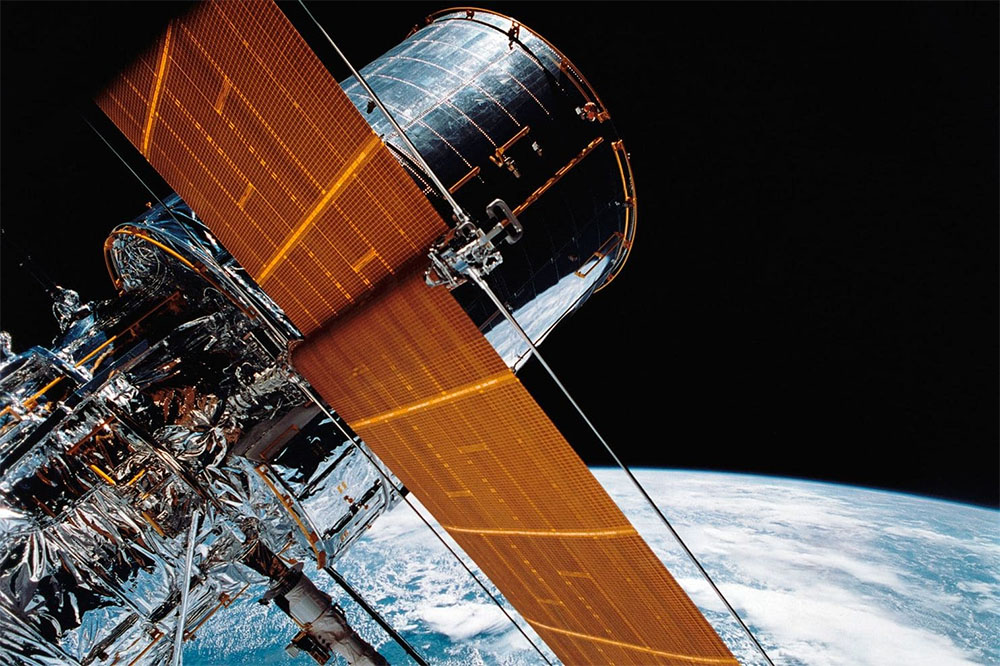
1. No light pollution
Light pollution is the effect city lights have on the sky, making it brighter and therefore making it more difficult to look at the stars. This is why in big cities only a few of the brightest stars can be seen in the night sky. It is also why advanced modern observatories are built in remote areas away from this pollution.
Putting a telescope in space solves this problem as there are no artificial lights to mess with the receiving mirrors.
2. No night-time limit
The light from the Sun is so bright it limits our telescope time on the ground to nights only as it doesn’t allow us to look at the stars during the day. Because there is no night or day in space, you can use a telescope all the time, almost tripling its effective time. This helps astronomers study a lot more of the universe.
But wait. Wouldn’t sunlight be brighter in space as there is no atmosphere? Doesn’t that affect space telescopes?. Well, not really. You can simply plan for that and point the telescope the other way. Because light needs to bounce off something to be captured, pollution is not a problem. If there’s something you want to study that is behind the Sun, you can wait a few months until Earths orbit puts it on the other side and then take a look at it.
3. Better resolution
As you will see through this little list, Earth’s atmosphere is a big problem for looking at the stars. One of the many issues it creates is that it slightly distorts the light that passes through and scattering some of it. This means the images we receive have a lower resolution and are distorted. When you are dealing with objects very far away and the light that reaches us is already dim, this limits our ability to look at some areas of the sky with precision.
Some fancy new techniques exist to solve the resolution problem like using lasers and supercomputers to process and sharpen the images. However, the most effective way to bypass the problem is to simply pot the telescope beyond the atmosphere.
4. Greater wavelength spectrum
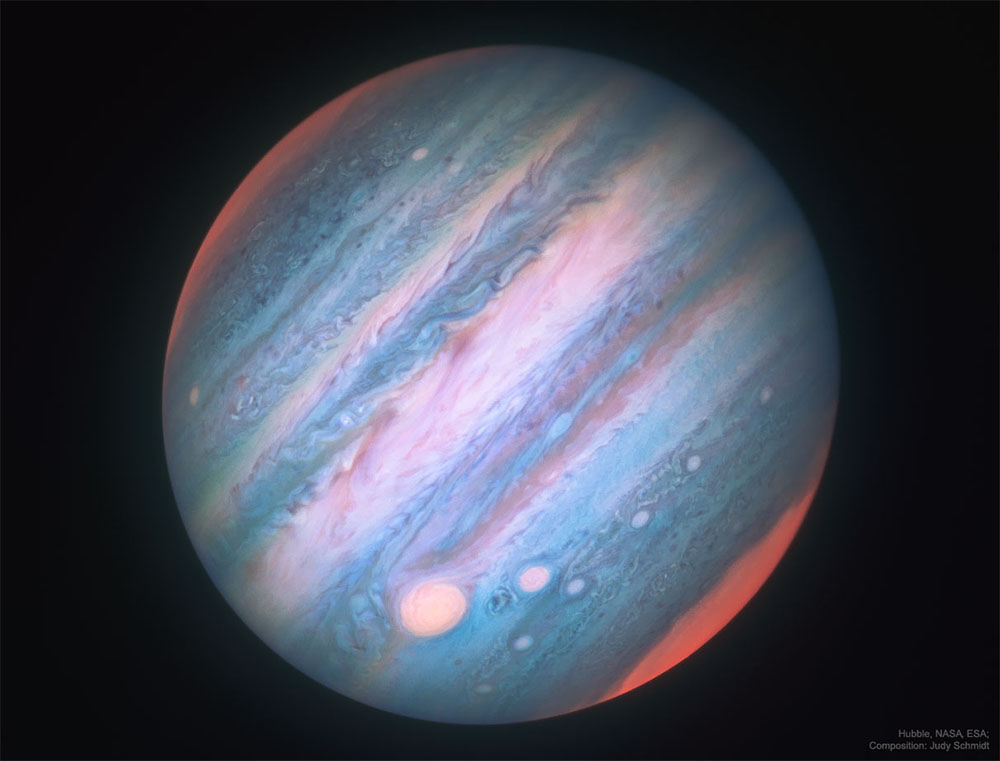
You might remember from your early science classes that Earth’s atmosphere bounces off or absorbs certain types of radiation. Specifically, certain types of wavelengths in the ultraviolet and infrared spectrum. This works out great for us humans as these types of radiation are deadly to us, but it sucks for astronomy purposes as it means we only get a small amount of information.
Scientists can use x-ray, gamma-ray and other types of UV radiation to determine with more precision the temperature and composition of stars and planets. Because this information doesn’t reach us down here in the ground, sending a telescope to orbit where it can be processed is really useful.
5. No bad weather
I can’t tell you how many hobbyist astronomer’s nights have been ruined by a cloudy, foggy and/or rainy night. Just like night-time, weather reduces the time window we have for observing the sky.
No clouds in space means you can use the telescope all the time.
The disadvantages of space telescopes
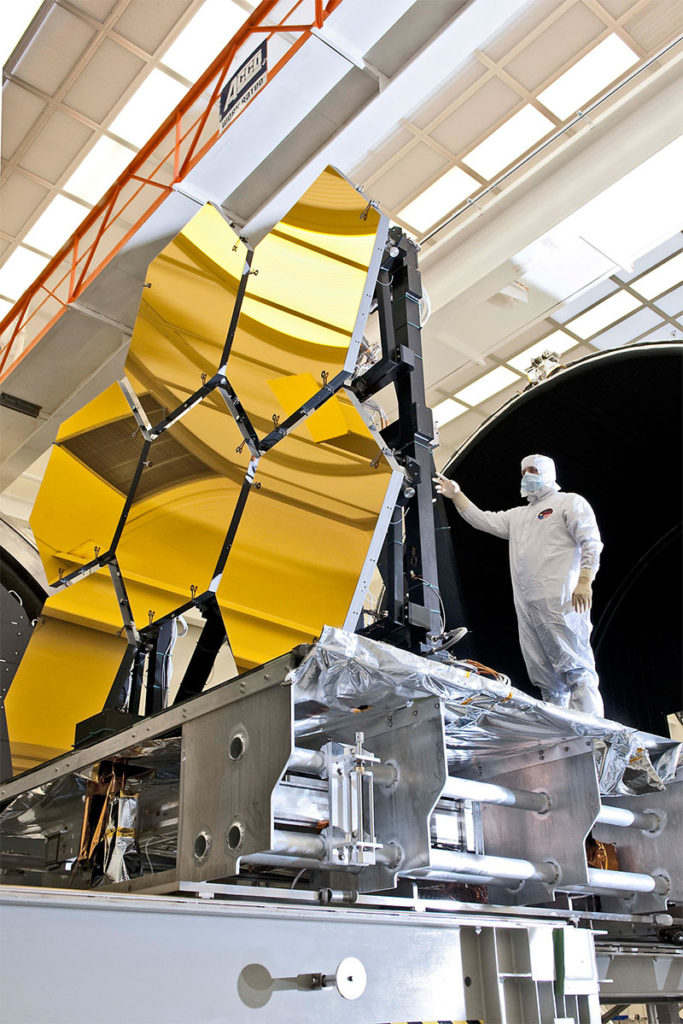
On the other side of the coin, there are also some disadvantages to putting a telescope in orbit. If putting one up there was an easy task, there would be no reason for us to keep building big observatories down here. Let’s take a look at some of the most negative aspects of space scopes.
Cost
This is the big one really. Building a 44 feet telescope with perfectly aligned mirrors, ultraviolet sensors and a bunch of cameras that can withstand the hostile environment of space is expensive. And that is just the beginning. You still have to put over 11 tons in a rocket and launch it into space. After that, you have to send regular maintenance missions if something goes wrong.
The cost of putting the Hubble Telescope in space was $4.7 billion. In 2010 an estimate of the cumulative costs including maintenance had the total cost of the Hubble at around $10 billion.
Difficult repairs
If a critical instrument in the telescope breaks or malfunctions for any reason, replacing it is no easy task. You have to send trained astronauts up there to repair it and hope you actually know what the problem is. If you misdiagnose it on Earth and the problem is completely different, you would be wasting an entire mission.
The Hubble has undergone at least five major servicing mission in which its mirrors, gyroscopes, solar panels, cameras, and other instruments have been replaced. But this is expensive and very work-intensive. At some point during its early years, NASA even considered just abandoning the project after they discovered one of the mirrors was not polished correctly and was sending blurry images. In fact, at that time, the Hubble was considered a failure and waste of money. It wasn’t until the first service mission in 1993 that it started working as intended.
How many telescopes are there in space?
There are currently around 25 active telescopes. Most of them are on Earth’s orbit with only a few exceptions like the Spitzer Space Telescope which was sent to orbit around the Sun in 2003.
Most space telescopes are also built for specialized frequencies like Gamma, X-ray or Infrared. Only a few like the Hubble are focused on the visible light spectrum.
You can find a list of all active and defunct space telescopes in this link.
What’s next?
Some really cool space telescopes are planned to be launched within the next few years. For example, a private initiative, the International Lunar Observatory Association hopes to put a small telescope (ILO-1) on the south pole of the Moon as an initial test for a permanent Moon observatory.
As mentioned in the introduction, the James Webb telescope will also be launched in 2021 (if there are no additional delays) and it will become a more advanced version of the Hubble.

